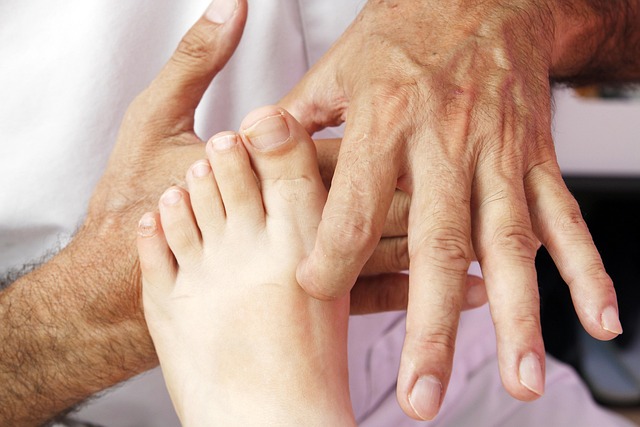Long-term chiropractic rehabilitation after car wrecks focuses on holistic, tailored care beyond immediate pain relief. This involves adjustments, exercises, and lifestyle changes to restore alignment, improve mobility, enhance well-being, and prevent future injuries. Regular tracking of progress through assessments enables chiropractors to adjust treatment plans dynamically for optimal recovery.
Healing from a car accident extends far beyond initial symptoms. Many victims experience persistent pain and mobility issues that require specialized care, like long-term chiropractic rehabilitation. This article delves into strategies for effective recovery post-car crashes, focusing on the unique needs of long-term chiropractic care. We explore methods to measure progress, adjust treatment plans accordingly, and provide a roadmap to navigating the complexities of recovering from automotive injuries.
- Understanding Long-Term Chiropractic Care Needs
- Strategies for Effective Rehabilitation After Car Wrecks
- Measuring Progress and Adjusting Treatment Plans
Understanding Long-Term Chiropractic Care Needs

Chiropractic care after a car wreck extends beyond addressing immediate pain and symptoms. Many individuals require ongoing, long-term chiropractic rehabilitation to manage lasting effects from their injuries. This holistic approach focuses on the whole body, not just isolated areas of pain. Chiropractors tailor treatment plans to each patient’s specific needs, considering not only physical adjustments but also lifestyle changes and exercises to strengthen the body and prevent future injuries.
Long-term chiropractic care after car wrecks often includes regular checkups, manual therapy, and therapeutic exercises. The goal is not just to ease discomfort but to restore proper alignment, improve mobility, and enhance overall well-being. This comprehensive strategy empowers individuals to take control of their health and recover fully from the impacts of a traumatic event like a car accident.
Strategies for Effective Rehabilitation After Car Wrecks

After a car wreck, seeking immediate medical attention is crucial for addressing acute injuries. However, the journey to full recovery often extends well beyond initial treatment. Long-term chiropractic rehabilitation plays a vital role in managing and alleviating persistent symptoms commonly experienced following such accidents. This comprehensive approach targets not just physical healing but also aims to restore function and enhance overall quality of life.
Chiropractic care during this phase focuses on gentle adjustments, specialized exercises, and therapeutic techniques tailored to the individual’s needs. The goal is to improve spinal alignment, reduce pain, and increase mobility, ensuring a smoother transition back to daily activities and preventing future complications. By prioritizing long-term chiropractic rehabilitation after car wrecks, individuals can expect improved longevity, enhanced flexibility, and better overall health as they adapt to life post-accident.
Measuring Progress and Adjusting Treatment Plans

Tracking progress is vital in long-term chiropractic rehabilitation after car wrecks, allowing practitioners to tailor treatment plans effectively. Regular assessments help identify areas of improvement and pinpoint any new pain points or restrictions that may arise over time. These evaluations can include range-of-motion tests, manual examinations, and patient reporting of symptoms. By comparing initial measurements with subsequent check-ups, chiropractors can gauge the success of treatments and adjust accordingly.
For instance, if a patient’s ability to bend and twist has improved significantly but still lags compared to their uninjured side, further targeted exercises might be required. Conversely, if pain levels have decreased substantially, the treatment plan may need to shift towards focusing on maintenance and prevention to ensure long-lasting recovery. This dynamic approach ensures that rehabilitation stays on track, addressing changing needs and promoting a smoother path to full recovery.
Healing from a car wreck is a journey that often extends far beyond initial symptoms. By understanding the importance of long-term chiropractic care, adopting effective rehabilitation strategies, and regularly measuring progress, individuals can achieve lasting recovery. These steps empower patients to navigate their path to wellness, fostering a stronger, more resilient body post-accident. Remember, when it comes to long-term chiropractic rehabilitation after car wrecks, consistency and adaptability are key to achieving optimal healing.














